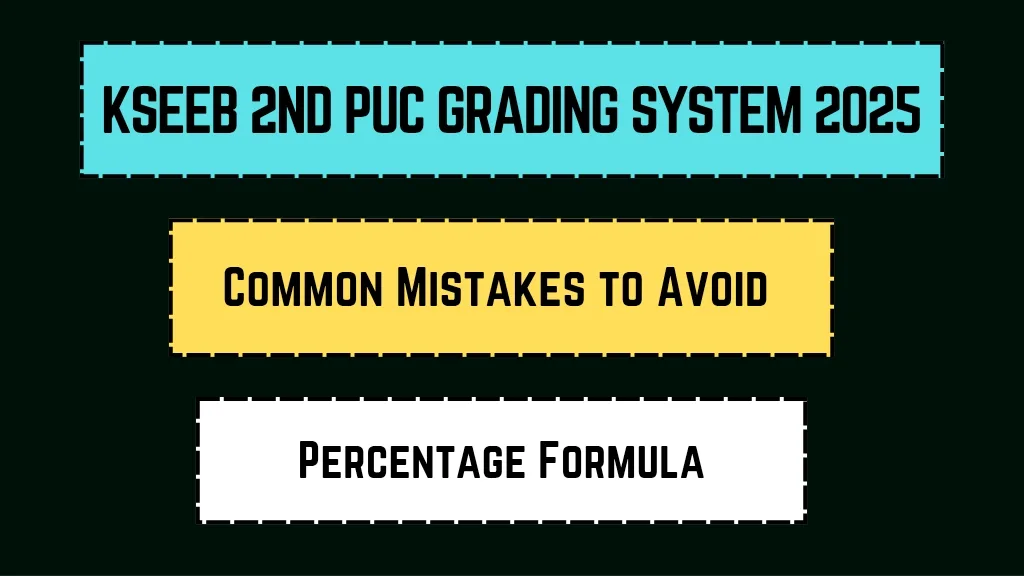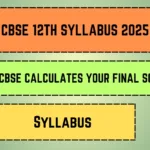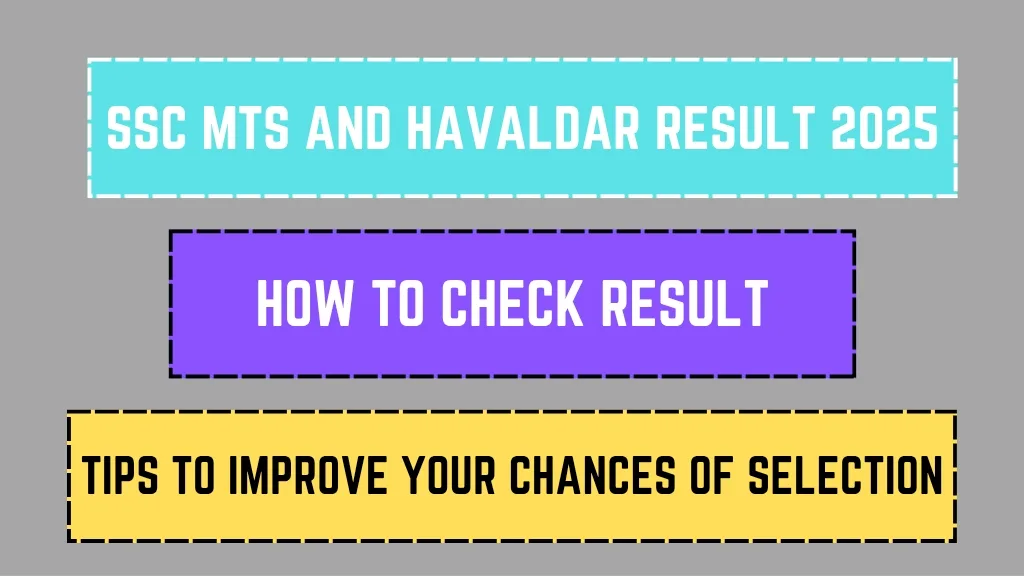Wondering how the Karnataka SSLC grading system works in 2025? You’re not alone! Every year, thousands of students and parents scramble to understand how marks convert to grades—and what it means for future studies. The Karnataka Secondary Education Examination Board (KSEEB) follows a specific grading pattern to evaluate SSLC (Class 10) results. This guide breaks it all down—grade ranges, GPA calculation, passing criteria, and real-life examples to make it crystal clear. Let’s dive in!
Key Highlights 🎯
| Key Point | Details |
|---|---|
| Organization Name | Karnataka Secondary Education Examination Board (KSEEB) |
| Exam Name | SSLC (Class 10) Board Exams |
| Grading System | Letter Grades (A+, A, B+, etc.) |
| Minimum Passing Marks | 35% in each subject |
| GPA Calculation | Based on grade points (10-point scale) |
| Result Declaration | May 2025 (Expected) |
| Revaluation Process | Available within 30 days of results |
| Importance of Grades | Affects college admissions & streams |
| Official Website | kseab.karnataka.gov.in |
How the KSEEB SSLC Grading System Works 🔍
Unlike percentage-based systems, KSEEB uses a letter-grade system to assess student performance. Here’s how it breaks down:
Grade Range & Marks Distribution
| Marks Range | Grade | Grade Points |
|---|---|---|
| 91-100 | A+ | 10 |
| 81-90 | A | 9 |
| 71-80 | B+ | 8 |
| 61-70 | B | 7 |
| 51-60 | C+ | 6 |
| 45-50 | C | 5 |
| 35-44 | D | 4 |
| Below 35 | E (Fail) | – |
What’s the Passing Criteria?
- Students must score at least 35% in each subject.
- A grade “E” means failure, requiring re-examination.
- Overall GPA is calculated by averaging grade points from all subjects.
How to Calculate GPA for KSEEB SSLC? 🧮
Let’s say a student scores these marks in 5 subjects:
| Subject | Marks | Grade | Grade Points |
|---|---|---|---|
| Maths | 92 | A+ | 10 |
| Science | 85 | A | 9 |
| Social Science | 78 | B+ | 8 |
| English | 68 | B | 7 |
| Kannada | 55 | C+ | 6 |
GPA Calculation:
- Add all grade points: 10 + 9 + 8 + 7 + 6 = 40
- Divide by number of subjects: 40 ÷ 5 = 8.0 GPA
This student’s CGPA is 8.0, which falls under First Class with Distinction.
Why Do Grades Matter? 🎯
Grades aren’t just numbers—they impact:
- College admissions (Science, Commerce, Arts streams)
- Scholarship eligibility
- Future competitive exams (NEET, JEE, CET)
Expert Insight:
“A strong SSLC grade sheet builds a solid foundation for pre-university courses. Students with higher GPAs get preference in top PU colleges.”
— Dr. Ramesh K., Education Consultant
Comparison: Old vs. New Grading System ⚖️
Before 2025, KSEEB followed a slightly different structure. Here’s what changed:
| Aspect | Old System | 2025 System |
|---|---|---|
| Fail Grade | D (Below 35) | E (Below 35) |
| A+ Range | 90-100 | 91-100 |
| Grace Marks | Up to 5 marks | No change |
What If You Fail a Subject? 😟
Don’t panic! KSEEB allows:
- Supplementary exams (usually in July)
- Revaluation (apply within 30 days)
Real-Life Example:
“Rahul scored 32 in Maths but cleared the supplementary exam with 41. He was promoted to Class 11 without losing a year.”
Final Tips for Students 🚀
- Check subject-wise grades carefully—even one fail can hold you back.
- Apply for rechecking if your score is borderline (33-34).
- Keep digital & hard copies of your marksheet—colleges need them!
Got more questions? Drop them below! 👇 (But remember, no FAQs here—just pure, actionable insights!)
Siddharth Patel is a career counselor and content creator focusing on recruitment notifications. He holds a degree in Management and has 7+ years of experience. Siddharth enjoys playing badminton and reading self-help books.



![JKBOSE 10th Passing Marks 2025: Theory & Practical [All Subjects] JKBOSE 10th Passing Marks 2025_20250430_132715_0000](https://bexams.in/wp-content/uploads/2025/04/JKBOSE-10th-Passing-Marks-2025_20250430_132715_0000-150x150.webp)



